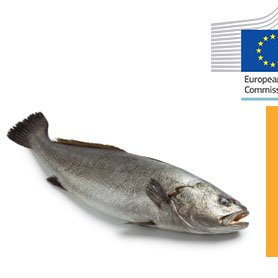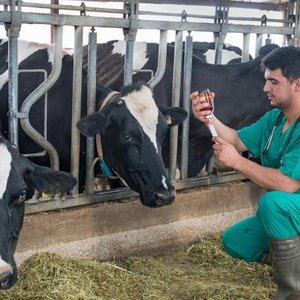The soy checkoff released its inaugural U.S. Soy Sustainability Overview which outlines key environmental achievements made by U.S. soybean farmers. Their ongoing commitments will help optimize their efforts to continue providing the most sustainably produced soy to domestic and international customers.
The U.S. Soy Sustainability Overview, developed by the checkoff on behalf of U.S. soybean farmers, details the modern practices and advanced technologies deployed by farmers in recent years to conserve land, water, energy and other natural resources. With the U.S. soybean industry progressing toward its 2025 sustainability goals to reduce land use, soil erosion and greenhouse gas emissions while increasing energy efficiency, significant progress has also been made in the past four decades. Between 1980 and 2020, conservation efforts by U.S. soybean farmers have improved:
- Land use efficiency by 48% per bushel.
- Irrigation water use efficiency by 60% per bushel.
- Energy use efficiency by 46% per bushel.
- Greenhouse gas emissions efficiency by 43% per bushel.
- Soil conservation by 34% per acre.
- Soy production by 130%, using roughly the same amount of land.
“With the world demanding sustainably sourced food, feed, fuel and thousands of other non-food products, we know that U.S. soy plays an outsized role in delivering solutions in the U.S. and around the globe,” said Polly Ruhland, USB CEO. “Continuously improving is at the heart of our work in optimizing sustainability throughout the value chain. Our soybean farmers are committed to sharing the progress we have made and how we’re looking ahead to contribute to solving some of society’s biggest challenges, such as food security and sustainable energy.”
U.S. farmers realize these gains by employing a range of sustainability best practices, including cover crops, crop rotation and conservation tillage, to maximize yields while also capturing carbon from the atmosphere and conserving soil, water and other precious natural resources. Advances in technology, such as precision farming equipment and drones, also support more sustainable farming.
These efforts advance the United Nations Sustainable Development Goals (SDGs), which provide a shared blueprint for peace and prosperity for people and the planet, now and into the future. U.S. Soy initiatives directly support SDG Goal 2: Zero Hunger and intersect with other goals such as Clean Water and Sanitation, Responsible Consumption and Production, Climate Action, Life on Land, and Partnership.
“When my father started farming in the ‘60s, 30-bushel-an-acre soybeans was a good yield. When I started in the ‘90s, it was 45,” said Tim Bardole, USB farmer-leader and soybean farmer from Iowa. “Today, if we don’t grow 70-bushel-an-acre soybeans, it’s considered a disappointment. To me, that proves sustainability. If we are damaging the land, it would not produce the way it does, all while implementing practices like no-till to strengthen our soil’s resiliency, preventing runoff and erosion.”
Looking beyond the farm, USB spurs innovation to develop new uses for soy meal and oil components, in many cases advancing solutions that provide renewable and more climate-friendly alternatives to fossil fuels and carcinogens. For example, USB fostered advances in biodiesel, which uses soy oil to provide fuel that has the potential to reduce greenhouse emissions by up to 86% compared with petroleum diesel. Additionally, U.S. soybeans are increasingly used as a sustainable alternative to chemicals found in plastic, paints and adhesives and help support 4.6 million American biobased jobs, according to a 2019 U.S. Department of Agriculture report.
Check out the report here.










